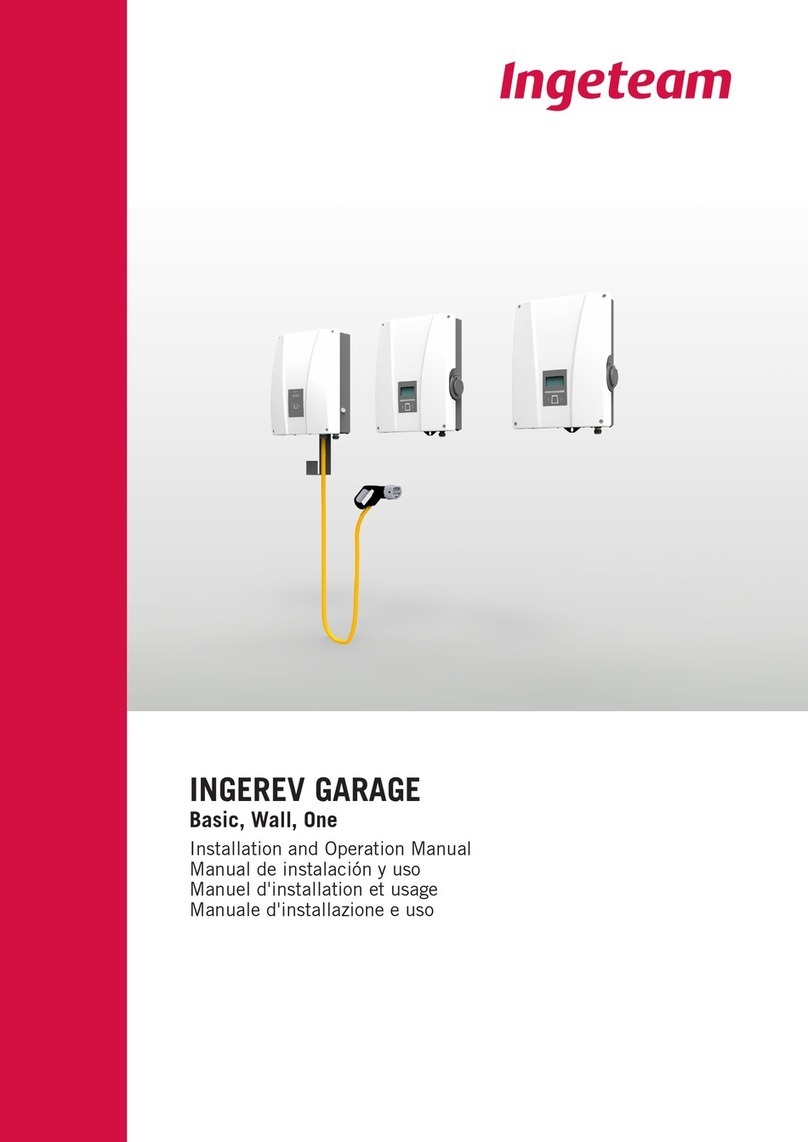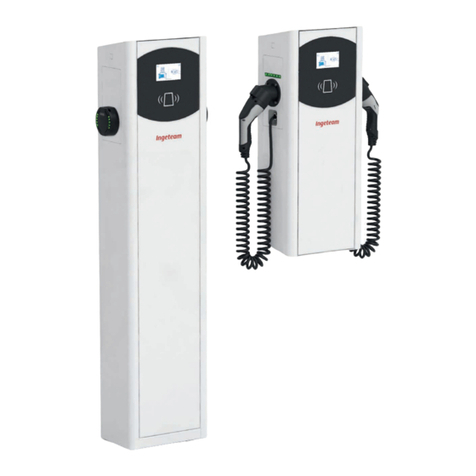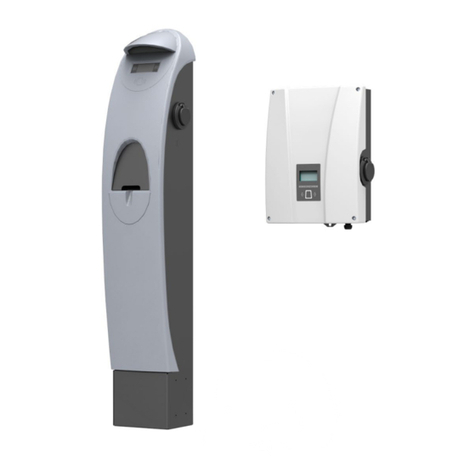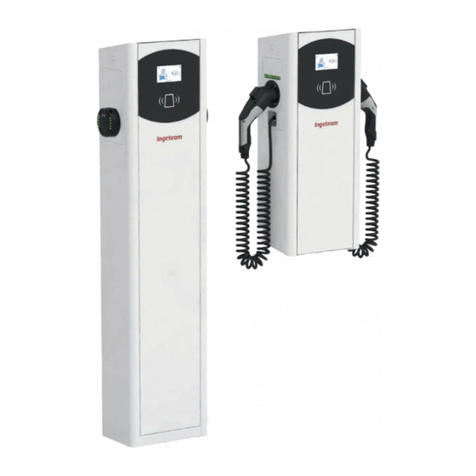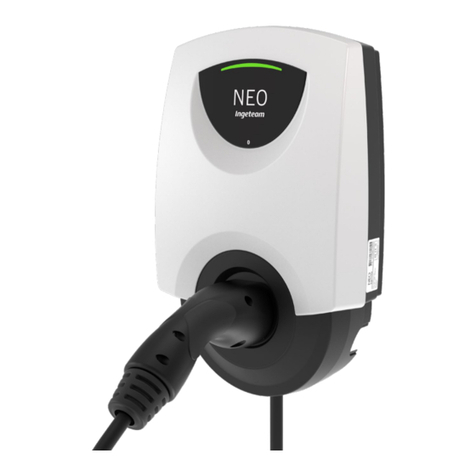
ABX2011IQM01_ - Installation and Operation Manual
8
Contents
Ingeteam
Contents
Important safety instructions ....................................................................................................................... 5
Safety conditions................................................................................................................................... 5
Personal Protective Equipment (PPE) ...................................................................................................... 7
Contents ................................................................................................................................................... 8
1. About this manual................................................................................................................................ 10
1.1. Scope and nomenclature .............................................................................................................. 10
1.2. Recipients................................................................................................................................... 10
1.3. Symbols...................................................................................................................................... 10
2. Unit description................................................................................................................................... 11
2.1. Overview ..................................................................................................................................... 11
2.2. Main parts of the charging station ................................................................................................. 12
2.3. Power modules (BPM) .................................................................................................................. 12
2.4. Charging standards ...................................................................................................................... 14
2.5. Models........................................................................................................................................ 14
2.6. Enclosure opening ....................................................................................................................... 15
2.7. Accessories fitted as standard ....................................................................................................... 16
2.8. Optional accesories ...................................................................................................................... 17
2.9. Electrical safety........................................................................................................................... 17
2.9.1. Overvoltage Category (OVC)................................................................................................... 17
2.10. Noise pollution .......................................................................................................................... 17
2.11. Electrical diagram of the auxiliary power supply ............................................................................ 18
2.12. Electrical diagram of the DC power circuit.................................................................................... 19
2.13. Specification table ..................................................................................................................... 21
2.14. Cable inlets............................................................................................................................... 22
3. Transportation and handling of the unit .................................................................................................. 23
3.1. Unpacking .................................................................................................................................. 23
3.2. Handling..................................................................................................................................... 23
4. Unit reception and storage .................................................................................................................... 25
4.1. Reception ................................................................................................................................... 25
4.2. Unit identification........................................................................................................................ 25
4.3. Transport damage ........................................................................................................................ 25
4.4. Conservation................................................................................................................................ 25
5. Preparation for installing the unit .......................................................................................................... 26
5.1. Environment................................................................................................................................ 26
5.2. Environmental conditions ............................................................................................................. 26
5.3. Type of grid for the AC auxiliary system .......................................................................................... 28
5.4. External disconnection system ...................................................................................................... 29
6. Installing the unit ................................................................................................................................ 30
6.1. General requirements for installation ............................................................................................. 30
6.2. Fastening the unit........................................................................................................................ 30
7. AC auxiliary circuit connection .............................................................................................................. 35
7.1. Safety instructions for the AC auxiliary circuit connection ................................................................ 35
7.2. Wiring requirements for the AC auxiliary circuit connection.............................................................. 35
7.3. AC auxiliary circuit connection process .......................................................................................... 35
8. DC power circuit connection.................................................................................................................. 37
8.1. Safety instructions for the DC power circuit connection ................................................................... 37
8.2. Wiring requirements for the DC power circuit connection ................................................................. 37
8.3. Proceso de conexión del circuito de potencia DC............................................................................. 38
9. Start-up .............................................................................................................................................. 39
9.1. Visual inspection ......................................................................................................................... 39
9.2. Checking the functional insulation of the DC power circuit............................................................... 39
9.3. Auxiliary circuit energization ......................................................................................................... 40
9.4. Checking the direction of rotation of the pump ............................................................................... 40
9.5. Energizing the DC power circuit..................................................................................................... 40

